As a website owner, you want to ensure that visitors to your site stay for as long as possible, engage with your content, and eventually convert. However, if your website has a high bounce rate, visitors may leave your site without interacting with it, affecting your website’s success and revenue.
A bounce rate refers to the percentage of visitors who leave your website after only viewing one page, without engaging with any other pages or content on your website.
A high bounce rate can signal to search engines that your website is not providing relevant or valuable content to your visitors, affecting your website’s search engine rankings. Additionally, it can also lead to a loss of potential customers or conversions.
The six reasons include poor user experience, slow page load times, unresponsive website design, irrelevant or poor quality content, lack of clear call-to-action, and ineffective SEO strategies.
In this blog, we will look at six reasons why your website might have a high bounce rate and how you can address them.
Reason 1: Poor User Experience

User experience (UX) refers to the overall experience a user has when interacting with your website. A good UX is essential to keep visitors engaged and encourage them to explore your site further. A poor UX can lead to a high bounce rate.
Common examples of poor user experience include slow loading times, confusing navigation, cluttered design, and intrusive pop-ups. Visitors want to find what they’re looking for quickly and easily, and if they can’t, they will leave.
To improve your website’s UX, you can start by simplifying your design and navigation, ensuring your site is easy to use, and making sure your content is relevant and useful.
Reason 2: Slow Page Load Times
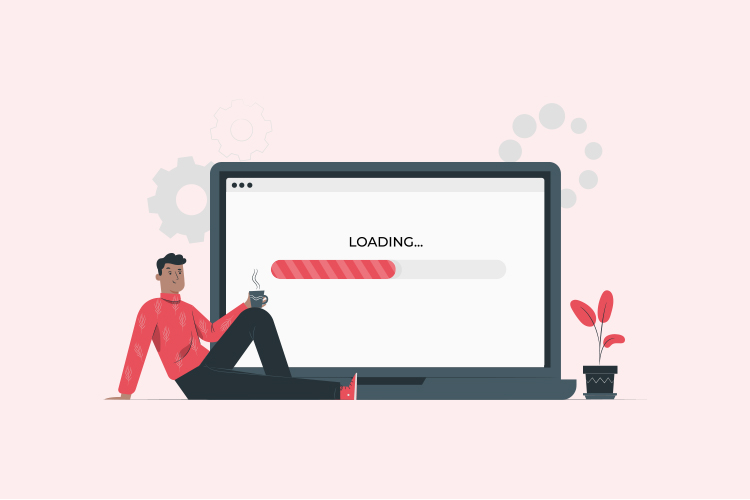
Page load times refer to the time it takes for your website’s pages to load fully. Visitors expect pages to load quickly, and if they don’t, they are likely to leave. In fact, research shows that 47% of users expect a website to load in 2 seconds or less.
Slow page load times can be caused by a variety of factors, including large images, videos, or other media files, outdated plugins or software, and server issues.
To improve your page load times, you can compress your images and media files, minimize your code, and optimize your website for mobile devices.
Reason 3: Unresponsive Website Design
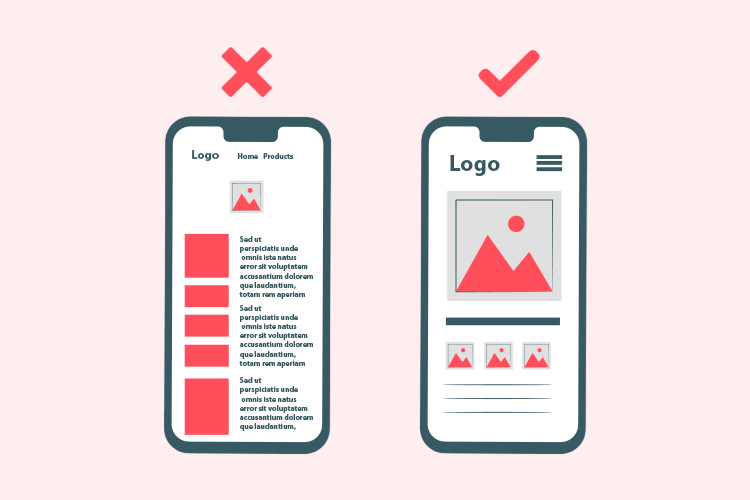
Responsive website design means that your website is optimized for different devices, including desktops, tablets, and smartphones. A website that is not optimized for different devices can be frustrating for visitors, leading to a high bounce rate.
Examples of unresponsive website design include a website that is difficult to navigate on a mobile device, or a site where text and images appear too small or too large on a particular device.
Benefits of responsive design include increased user engagement, improved SEO, and increased conversions. To achieve responsive design, you can use a responsive design template, test your website on different devices, and use a mobile-first approach.
Reason 4: Irrelevant or Poor Quality Content
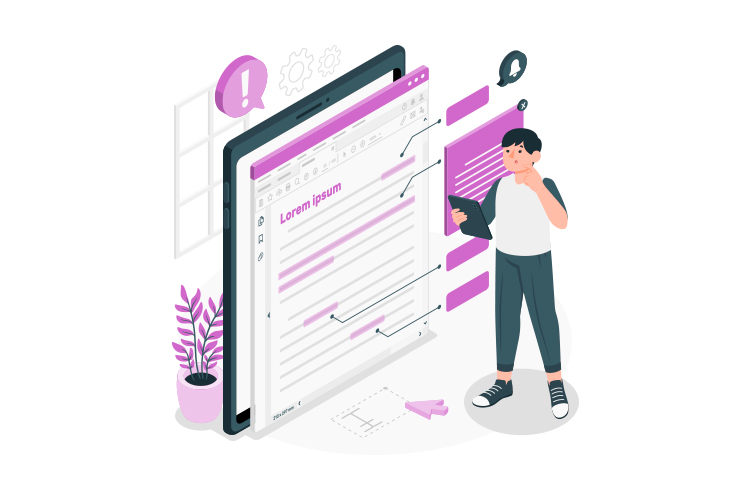
Content is king, and visitors to your website expect high-quality and relevant content. If your content is irrelevant, outdated, or poorly written, visitors are unlikely to stay on your site for long.
Examples of irrelevant or poor quality content include content that is not informative, difficult to read, or stuffed with keywords for SEO purposes.
To create and maintain high-quality content, you can conduct research to understand your audience’s interests and needs, use visuals to illustrate your content, and ensure that your content is well-written and grammatically correct.
Reason 5: Lack of Clear Call-to-Action (CTA)
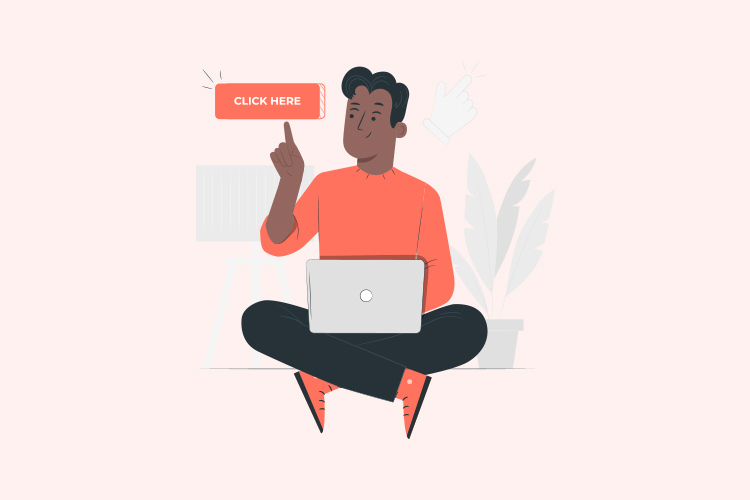
A clear call-to-action (CTA) can be the difference between a visitor leaving your website or becoming a lead or customer. A CTA prompts visitors to take a specific action, such as filling out a form, making a purchase, or signing up for a newsletter.
A lack of clear CTA or a confusing CTA can lead to visitors not knowing what to do next, resulting in a high bounce rate.
To improve your CTA, you can make it visible and above the fold, use action-oriented language that clearly states what action you want visitors to take, and ensure that the CTA is relevant to the content on your site.
Reason 6: Ineffective SEO Strategies
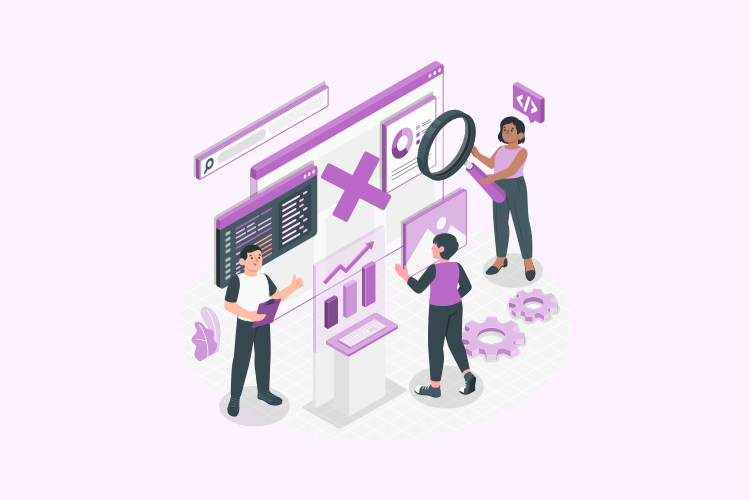
Search engine optimization (SEO) is the practice of optimizing your website to improve its ranking in search engine results pages (SERPs). A higher ranking means more visibility and traffic to your website.
However, ineffective SEO strategies can lead to poor rankings, making it difficult for visitors to find your website in search results. Common SEO mistakes include keyword stuffing, using duplicate content, and ignoring meta descriptions.
To improve your SEO strategies, you can conduct keyword research to identify relevant keywords for your content, use meta descriptions and alt tags for images, and create high-quality backlinks.
Conclusion
A high bounce rate can be detrimental to your website’s success, but identifying and addressing the reasons behind it can improve user experience, engagement, and conversions.
In summary, the six reasons why a website can have a high bounce rate include poor user experience, slow page load times, unresponsive website design, irrelevant or poor quality content, lack of clear call-to-action, and ineffective SEO strategies.
Improving your website’s UX, page load times, responsive design, content quality, CTA, and SEO strategies can go a long way in reducing your bounce rate and improving your website’s success.
As a website owner, it’s essential to pay attention to your website’s analytics, identify areas that need improvement, and implement changes to provide the best user experience for your visitors. By doing so, you’ll keep visitors on your website longer, engage with your content, and eventually convert them into leads or customers.



